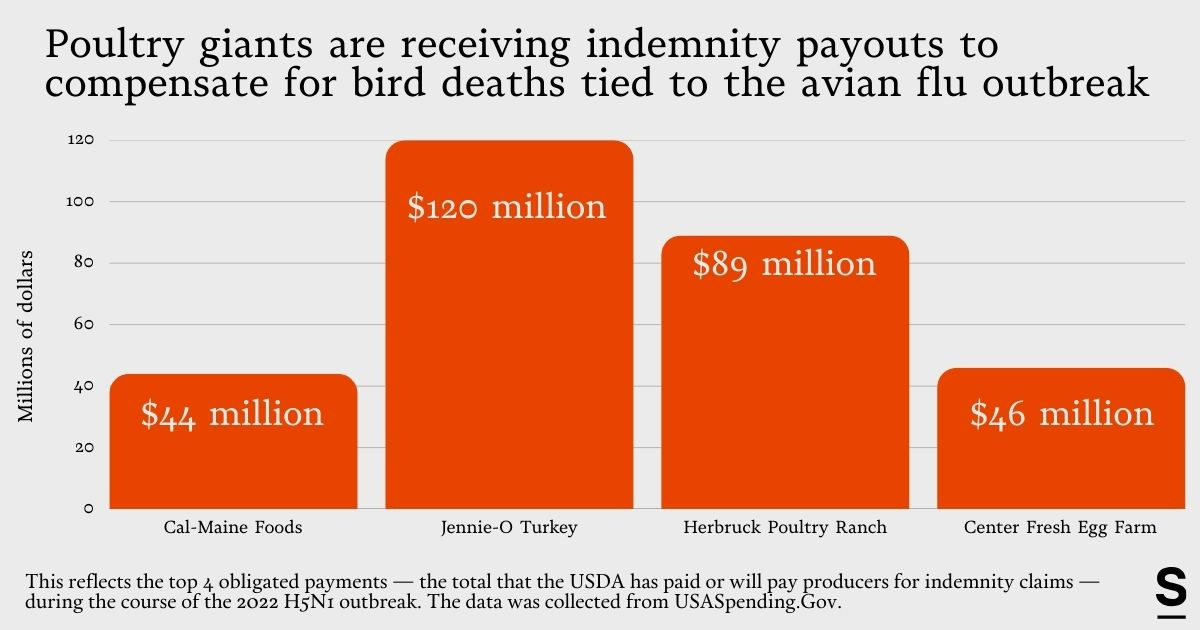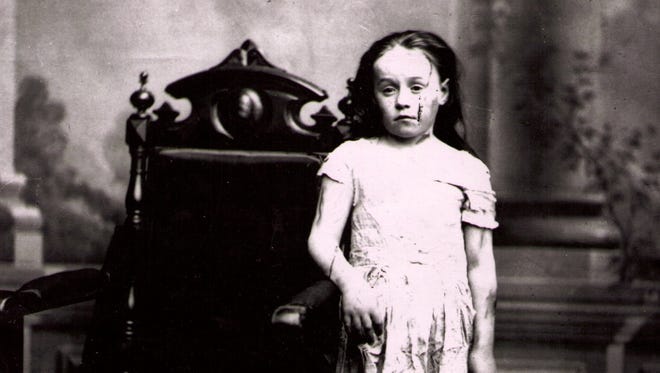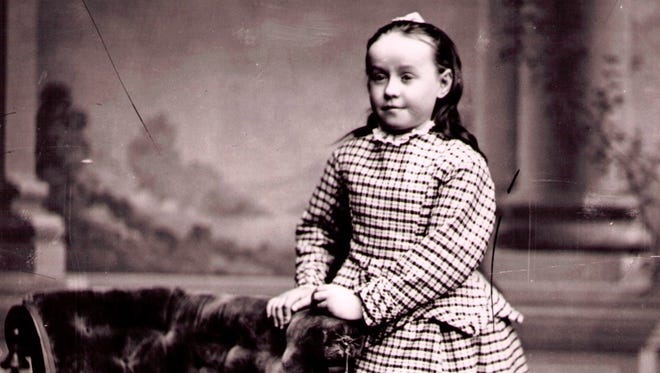Animal abuse often signals human abuse — should therapists be allowed to report it? HELL YES!
Hang the monsters.
Animal abuse often signals human abuse — should therapists be allowed to report it? Animal abuse is connected to human violence
Historically, animal cruelty has been treated as separate from other types of violence. However, animal abuse is often not an isolated behaviour.
In fact, advocates have described animal abuse as “the tip of the iceberg.” And researchers have shown that animal abuse and violence towards people are often interconnected. One study commissioned by the Massachusetts Society for the Prevention of Cruelty of Animals in 1997 found that 70 per cent of people charged with animal cruelty had a history of other violent behaviours, including homicide.
Other studies show how animal abuse is linked to interpersonal violence including bullying, delinquency, intimate partner violence, family violence and adult violent crimes.
Also, a history of animal cruelty during childhood is found to be linked to antisocial personality disorder and perpetration of interpersonal violence in adulthood.
Open Wing Alliance Calls on Viking Cruises to Ban Cages for Hens
Cages are one of the cruelest forms of animal abuse.
Caged hens are confined to tiny, barren cages where they cannot engage in natural behaviors like spreading their wings or nesting. On average, each hen has less living space than a standard piece of printer paper. Inside these cages, they are forced to stand or crouch on the cages’ hard wires, which cut their feet. Because of the living conditions, hens often die in their cages. They are sometimes left to rot in the same space alongside living birds.
Then producers like Cal Maine claim them as Bird Flu deaths for TAXPAYER REIMBURSEMENT. YOU HAVE TO PAY THE HIGH PRICE OF EGGS OR CHICKEN MEAT, YOU HAVE TO HAVE YOUR WALLET FLEECED TOO, BECAUSE NO ONE SEEMS TO EQUATE THE TWO FACTORS.
How U.S. Taxpayers Bailed Out the Poultry Industry, and Helped Entrench Avian Flu. The U.S. has failed to contain bird flu. The $1.46 billion industry bailout is one reason why.
- Share on Facebook- Share on LinkedIn- Share on Whatsapp- Share on X- Share on Bluesky- Copy
9 min read
As avian flu rapidly circulates in the U.S., Cal-Maine Foods, the nation’s largest egg producer, appears to be having a bumper year, bolstered in part by taxpayer bailouts in the multi-millions.
The company’s stocks recently soared to a record high, as its net sales rose by a staggering 82 percent last quarter. Cal-Maine Foods expanded its operations last spring, paying around $110 million in cash to acquire the assets and facilities of another egg producer, ISE America. Despite culling at least 1.6 million hens on infected farms last year, the poultry corporation is getting richer and bigger.
U.S. taxpayers have given the poultry giant a lift. The company has received $44 million in indemnity payouts to compensate for bird deaths tied to the avian flu outbreak. Despite the company’s growth, Cal-Maine Foods is the fourth largest recipient of indemnity payments for the ongoing outbreak from the U.S. Department of Agriculture’s Animal and Plant Health Inspection Service (APHIS)’s indemnity program.
The compensation system, distinct from the agency’s program for livestock, pays poultry farmers and producers for the market value of the birds and eggs. It does not pay for birds that directly die from avian flu. It only pays for “infected or exposed poultry and/or eggs that are destroyed to control the disease,” — i.e. deliberately killed to prevent the spread of the virus. The agency also provides compensation for other virus control activities, such as destroying contaminated supplies and disinfecting a barn after an outbreak.
Nearly three years since the first H5N1 outbreak in U.S. poultry, the USDA has concluded that the agency’s compensation system has not worked as it intended. By bailing out poultry producers with few stipulations, the system has, inadvertently, lowered the economic risk of biosecurity lapses on farms, encouraging the virus’s spread. In other words, farmers have not been effectively incentivized to make changes to protect their flocks.
As the outbreak has continued to spread, the government bailout of the poultry industry has ballooned too. As of January 22nd, 2025, APHIS has doled out $1.46 billion in indemnity payments and additional compensation over the outbreak’s course, according to a figure provided to Sentient by a USDA spokesperson. This includes $1.138 billion for the loss of culled eggs and birds and $326 million for measures to prevent the virus’s spread.
Avian influenza boosts profits for Cal-Maine FOR THE SECOND TIME.
A significant share — $301 million — of the indemnity payments have gone to just the top four producers, according to government spending data.
Jennie-O Turkey Store, based in Minnesota, tops the list for indemnity payouts: the popular turkey brand has received $120 million since the beginning of the H5N1 outbreak in 2022, according to government spending data. Herbruck’s Poultry Ranch, which supplies McDonald’s cage-free eggs, has received the second largest bailout at $89 million. Center Fresh Egg Farm, part of a group of farms owned by Versova, one of the largest U.S. egg producers, has received $46 million. (This data reflects the legally obligated amount of indemnity owed to each company, which means that the USDA may not have dispensed these payments in full yet.)
By comparison, when the first outbreak of avian flu swept the U.S. between 2014 and 2015, farmers and producers received just over $200 million in indemnity payments.
“The current regulations do not provide a sufficient incentive for producers in control areas or buffer zones to maintain biosecurity throughout an outbreak,” APHIS stated in December, which introduced new emergency guidelines in an attempt to remedy this incentive problem.
One of the preferred methods farms use to cull birds is by sealing off the air flow to the barn and then pumping in heat or carbon dioxide. Known as Ventilation Shutdown Plus (VSD+), this is a cheap way to kill an entire flock by heat stroke or suffocation, and is approved by the USDA for indemnity payments only under “constrained circumstances.” The top 10 recipients of indemnity payments all used VSD+ to often exterminate millions of birds at once, according to APHIS records obtained by Crystal Heath, a veterinarian and the executive director of Our Honor, through a FOIA request.
By compensating farmers for VSD+, this system has helped make what many animal welfare advocates consider an unnecessarily cruel death part of the industry standard.
Mary Ellen Wilson: The case that changed child abuse.
Photo Courtesy Of The George Sim Johnston Archives Of The New York Society For The Prevention Of Cruelty To Children
Horses had more protection than children when animal rights activists went to court in New York City on behalf of Mary Ellen Wilson. She told the judge: “Mama has been in the habit of whipping and beating me almost every day,” according to an 1874 New York Times story. She was photographed in the only clothes she had at the time of her rescue.
Photo Courtesy Of The George Sim Johnston Archives Of The New York Society For The Prevention Of Cruelty To Children
Following pleas by Wheeler and Bergh, the judge placed Mary Ellen with Wheeler’s family, where she thrived. Mary Connolly, the woman who brutalized Mary Ellen for years, was tried and sentenced to one year of hard labor. She was not Mary Ellen’s mother. Mary Ellen married and named her first daughter Etta, after the woman who saved her. Mary Ellen lived to be 92.
CAN YOU, IN ALL HONESTY, SAY THE ABUSE OF A CHILD OR ANY ANIMAL ISN’T CRUEL AND INHUMANE?
MAKE A PHONE CALL. For federal legislators, you can just call the U.S. Capitol Switchboard (the phone number is (202) 224-3121 locally or toll-free 1-800-962-3524 nationally) and ask for a particular legislator or committee.








Who Makes Money From Eggs
https://www.youtube.com/watch?v=sSvvZtXd2nY&t=241s
That's just common knowledge and in the DSM manual as a definition for a psychopath and/or our serial killers prerequisite typically. I'm sure it's under the head of a few other diagnosis but usually it's a major red flag. But with our laws and the way they enforce things I may even gonna go there anymore🤐
But if it was me and I was that child's therapist I'd make darn sure it was in the record, and the police would know about it even if I lose my license. And that's just like I worked with those people in states psychiatric facilities and I love them But I would never let them out, let me rephrase that I did work with NGRIs and CMI's and typically if they were on medication they were OK, and actually they started discharging the majority of patients from state institutions going from 3000 down to 300. Yes they were supposed to go to group homes but many of them eloped and were on the streets, without their meds. However I was told in California they couldn't build holding facilities fast enough for the psychopaths and the child molesters, and I did not work with them as it's a whole different beast that is incredibly hard to Rehab, and their main goal is to dominate their territory so Staff has to be extra extra extra Careful, and nope I wouldn't consider doing it anymore. And I will also say they do the same at the VA these days discharging people prematurely, it'd be great if they've stopped doing that that would make the world a lot safer, as well as keeping the veterans safe too😢❤️🙏🙏❤️